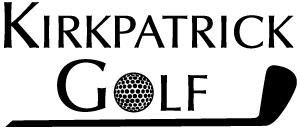I often hear from customers and students the belief that the golf shaft is the engine of the golf swing. I can understand how they may think this especially with all the widespread technical information about shafts. When golfers are inundated with marketing jargon such as flex, bend point, high launch, low launch, weight, torque, etc. it’s easy to see where one would think that the shaft somehow produces power.
In reality the source of power, or “engine” is produced by body action – much like the coiling and uncoiling of a spring. In the backswing the upper body is coiling against the resistance of the firmly planted feet and legs. In the forward swing the lower body uncoils against the resistance of the upper body anchored by a steady head. Working as a swinging unit, the arms, hands and wrists supply some power to the shot, although their main function is to transmit to the clubhead the much greater power generated by the winding and unwinding action of the body. The role of the golf shaft, much like the arm and hand action is to transfer the power to the clubhead. Albeit the shaft doesn’t produce power, I can’t over emphasize the importance of a properly fitted shaft to ensure solid and consistent contact between the club head and the ball.



